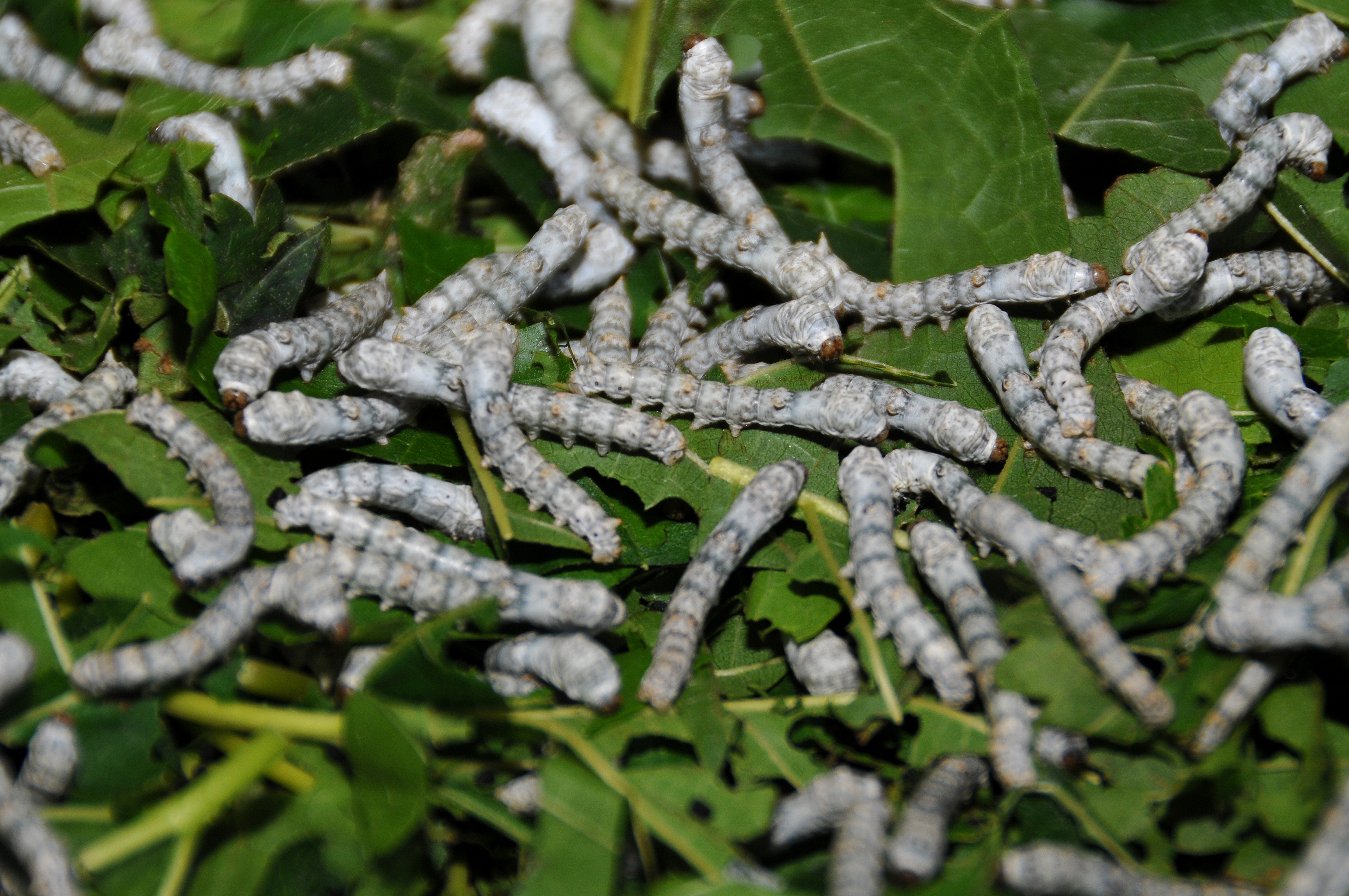Researchers at Tsinghua University come up with environmentally friendly method to make conductive silk.
Yingying Zhang and her colleagues have recently made a breakthrough in silk production. The new material can withstand 50% more stress without tearing and is twice as tough. Along with this the silks also conduct electricity meaning that electronically enhanced clothing may soon be on its way.
The worms were treated as normally would be, however their food of mulberry leaves was sprayed with 0.2% by weight aqueous solution of either 1 to 2nm-wide carbon nanotubes or graphene. The silk was then taken after the worms spun their cocoons. If this silk was to be used the process would stop there, but to analyse the new material the team heated the samples to 1050°C to carbonize the material for examination.
Raman spectroscopy and electron microscopy of the carbonized material revealed that the silk fibres had a more ordered crystal structure due to incorporated nanomaterials, this is what leads to the conductivity and strength of the material. To do this with unmodified silk would require dissolving nanomaterials in toxic chemical solvents and applying it to the silk, so luckily this new method provides a more environmentally friendly method of getting the same results.
This isn’t the first time that silk worms have been fed nanotubes. Research in 2014 by Qing Seng did exactly this with far wider nanotubes, their research saw the increase in structural strength but no change in the conductivity of the material.
It is not known how the feeding of graphene and carbon nanotubes causes the changes in the structure of silk – Zhang said that was a question for biologists to answer.
A few questions they need to answer are why the carbon material is not seen in cross sections of the material, how the worms use the carbon materials in their silk and what percentage of the materials absorbed is actually used in the silk. However these questions may not need be answered for the product to be mass produced and shipped out for a whole new industry to be created.
The applications of this material leads a lot to the imagination. Obviously inventors and designers can’t wait to get their hands on the material, whether it lead to some kind of new fashion trend and some useful gizmos on your jumpers, or whether it can lead to some uses out of clothing is yet to be seen.
IMAGE: Wikimedia





